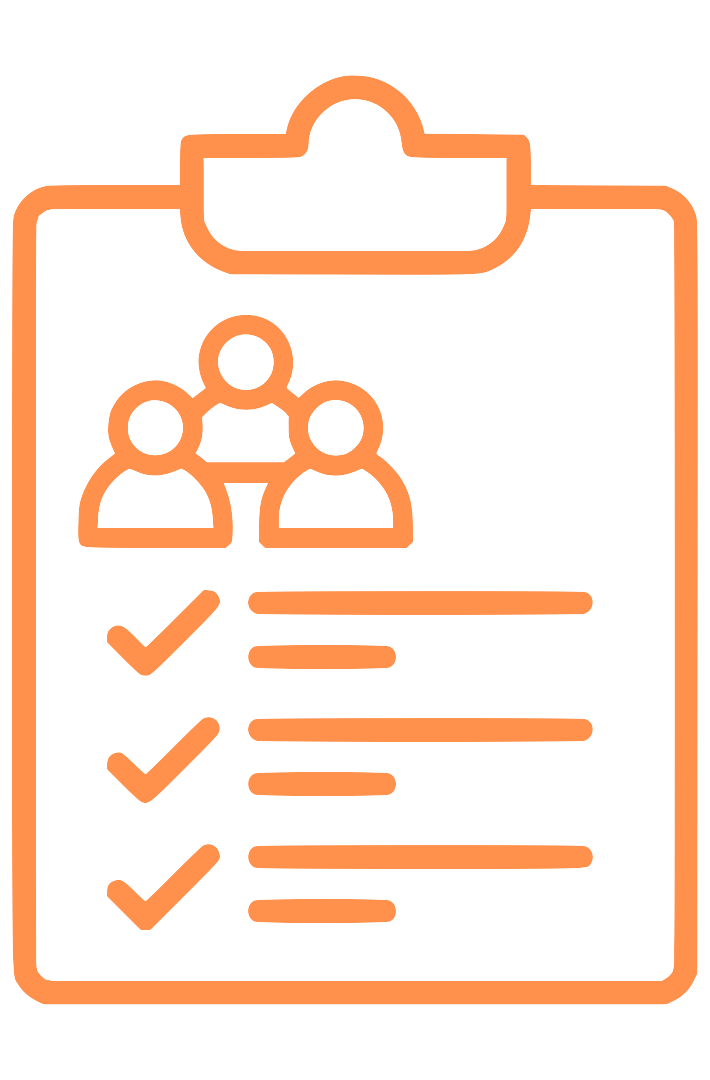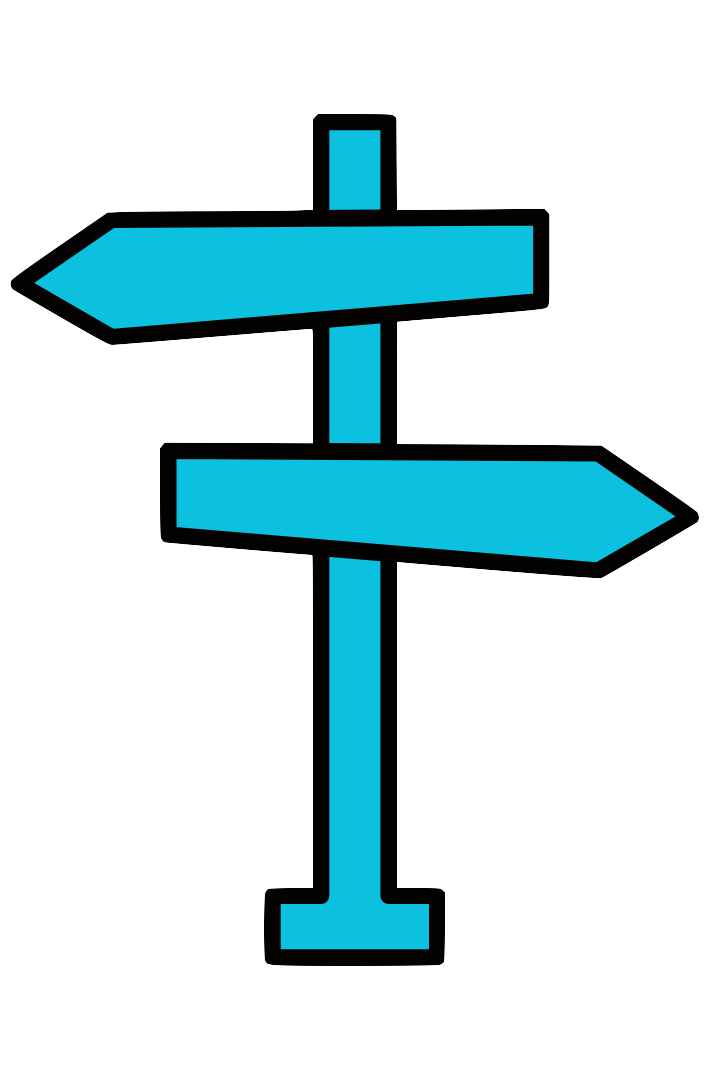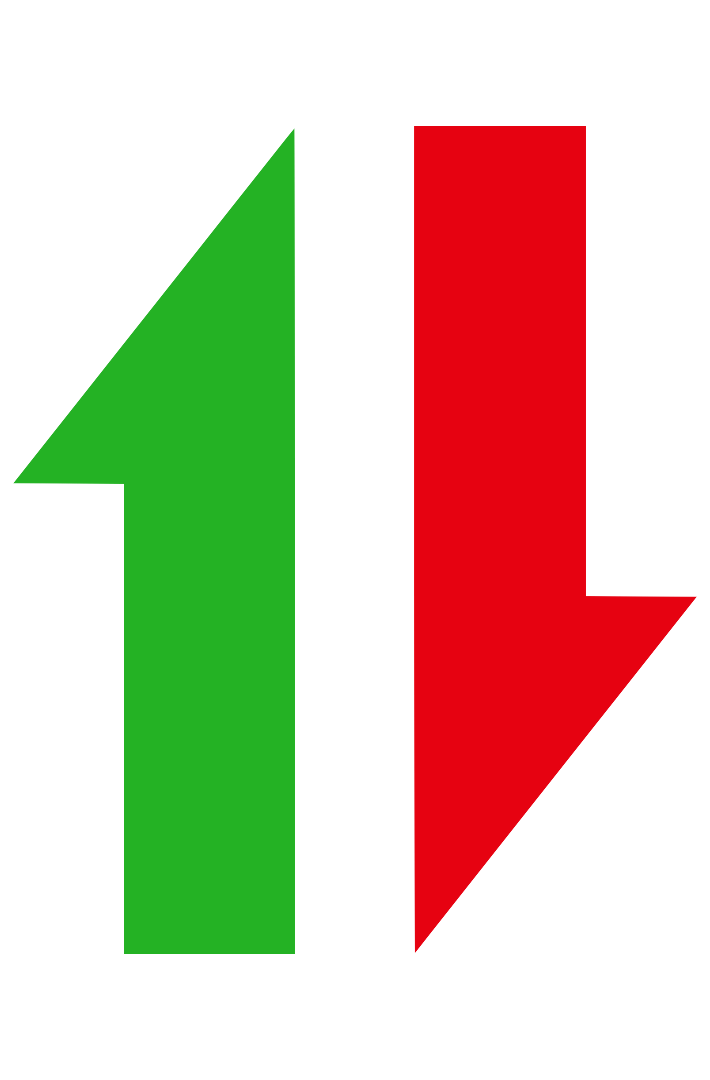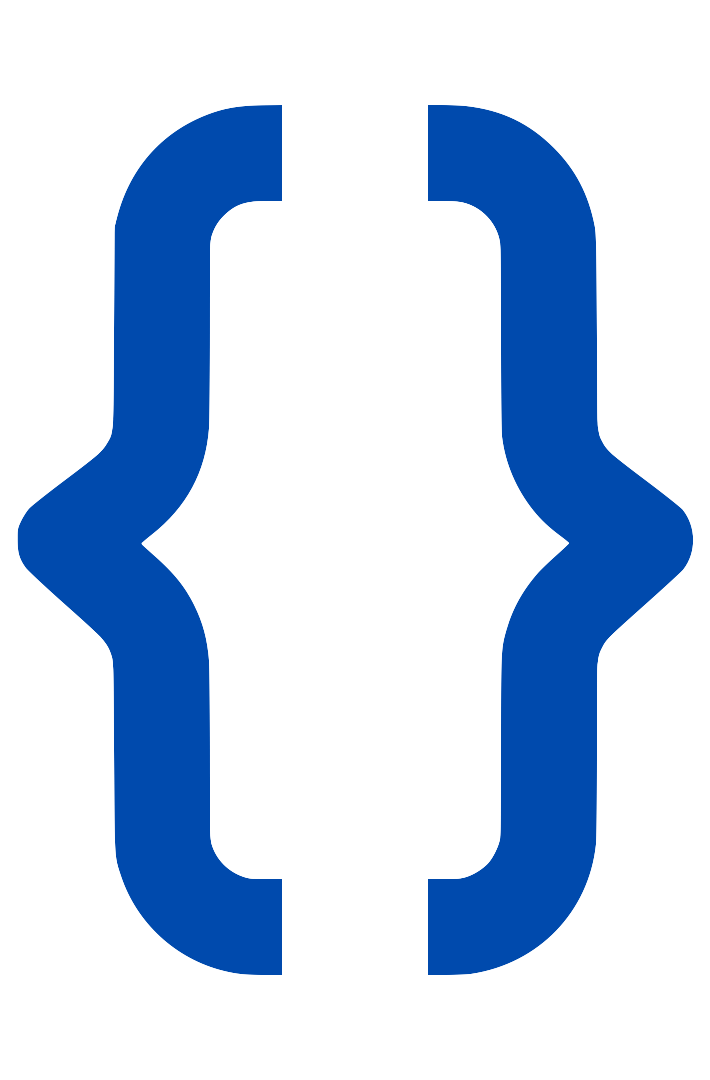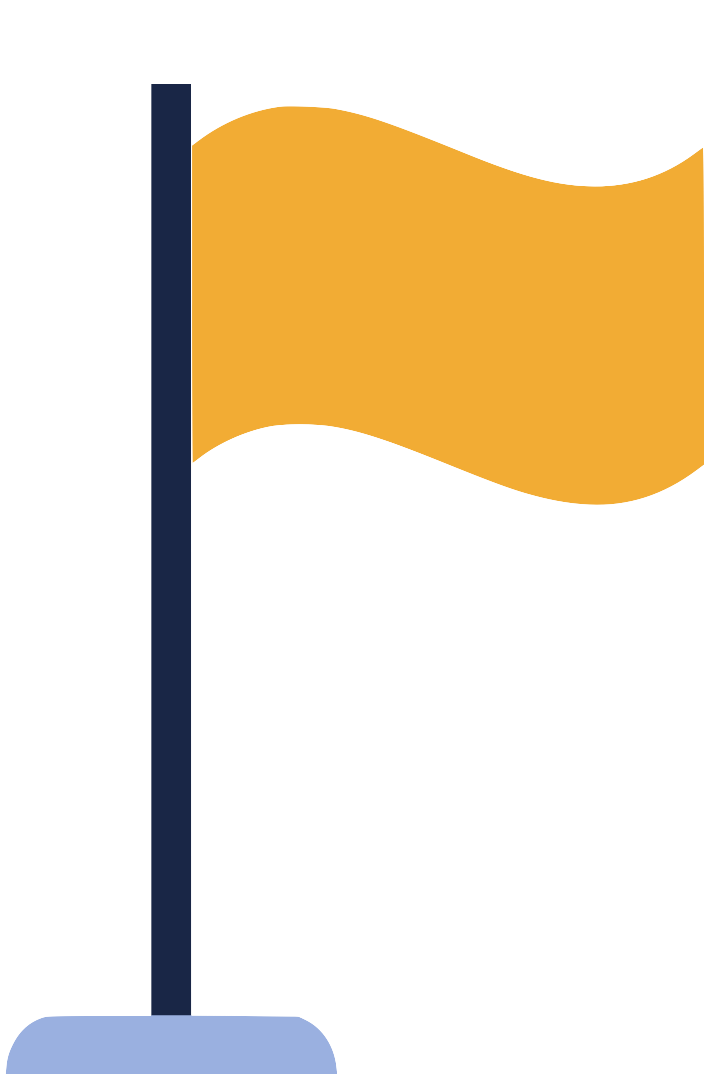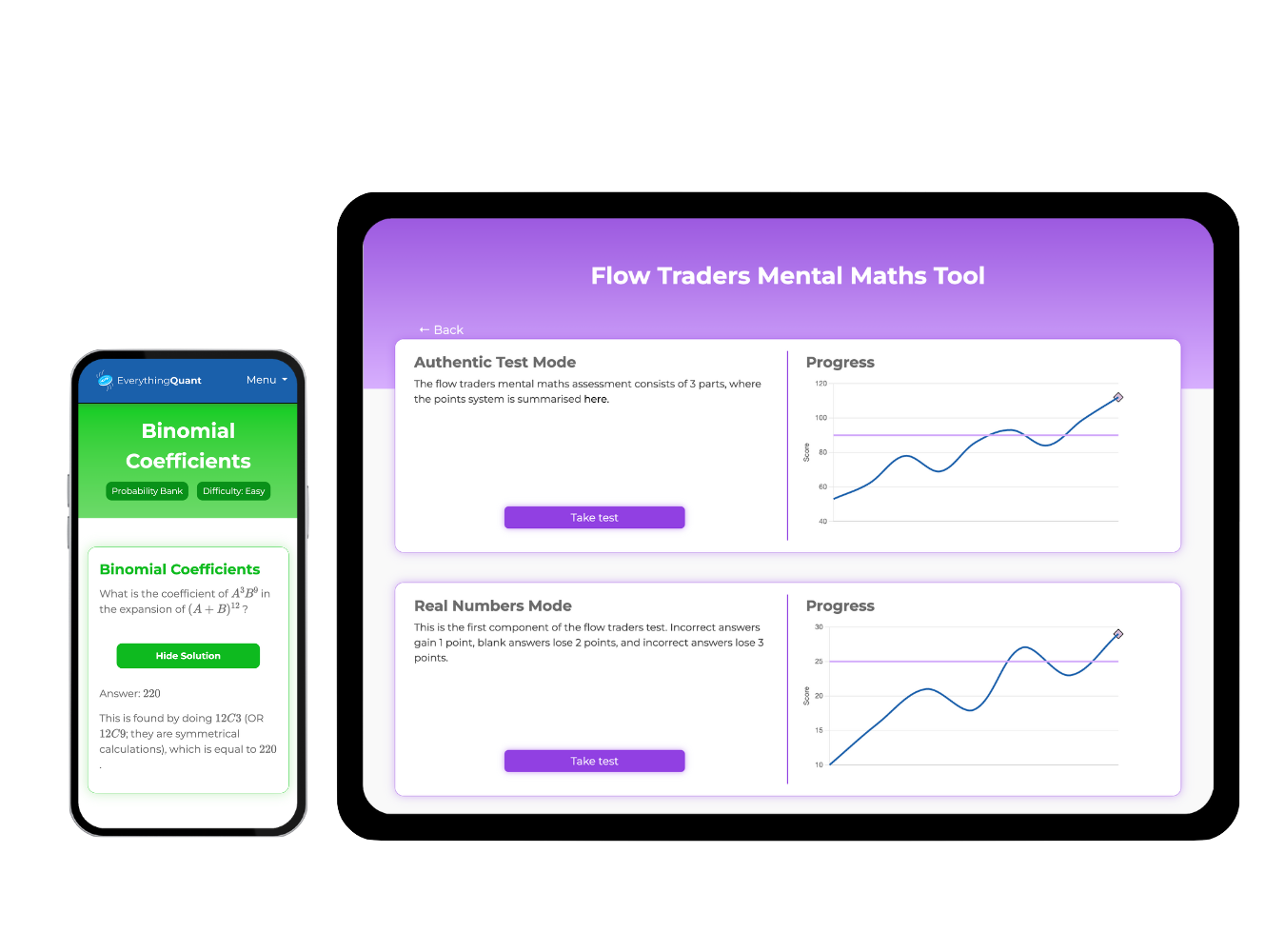The Many Different Types of Quants
In this article, we will take you through the different types of quantitative professionals within the field, and how you can pursue a career in these domains.

What is Quantitative Finance?
Put simply, quantitative finance is the utilisation of mathematics and statistics to analyse and formulate trading decisions on financial assets. As a quantitative professional, you will either be assisting in improving and developing models that price securities, or measure risk.
Quantitative finance also encompasses firms that deploy market making strategies, which provide liquidity to markets, and accurate prices to assets that otherwise wouldn't be buyable/sellable.
The reason quantitative trading firms exist is because there are known mathematical correlations between securities and derivatives/real world events. Understanding these correlations, being able to model these mathematically, and deploying strategies that capitalise on these correlations, allows firms to generate returns that outperform typical financial benchmarks.
However, this cannot be done at a large scale without a group of individuals with a large set of differing skills, working together. As such, here are the types of quants, and how you can break into each profession:
Quantitative Trader
As an entry level quantitative trader, you will be at the front line of trading execution. On the trading desk, you will monitor algorithmic trading activity and actively place trades, all while constantly looking for innovative quantitative solutions.
The firm has more than 2000 employees and 10 office locations, including Amsterdam, London, Chicago, Austin, Sydney, Singapore, Shanghai, Hong Kong, Taipei, and Mumbai.
Further, traders assist in maintaining, developing, and improving trading strategies and algorithms, collaborating with fellow traders, engineers and researchers to solve complex market problems. Quantitative Trading is a multidisciplinary role, which requires a strong foundation in mathematics, finance, and reasoning, as well as the ability to perform under pressure, and adapt to different market scenarios.
If you want to break into quantitative finance as a quantitative trader, read our quantitative trading roadmap.
Quantitative Researcher
As an entry level quantitative researcher, you will be tasked with deep research projects that help optimise the performance of trading algorithms and models. Typically, you will use statistical and stochastic models, along with machine learning, to determine the fair price of derivatives, and analyse high-frequency trading strategies.
You will not be at the forefront of the trading desk - but you will be in direct communication with traders, developers, and risk analysts, discussing possible research projects. If this career path seems intriguing to you, read our quantitative research roadmap.
Quantitative Developer
Quantitative developers are responsible for creating well-architected solutions, systems architectures, platforms, web frameworks, and converting quantitative strategies into code.
As a software engineer, no day will be the same. Exchanges are fundamentally run on computer programs - and you will be at the forefront of their design, speed, and computational ability.
The pathway for a quantitative developer is quite similar to thetypical software engineering pathway. We recommend our programming interview questions, as well as our technology OA tool and specific software engineering guides.
Risk Analyst
As a risk analyst, you will be responsible to help further design and monitor risk frameworks. You will also focus on clearing, regulation, margin requirements, and other exchange-based problems.
In quantitative trading, profit is only one side of the coin. Risk is also important - for example, if you have some quantitative strategy that can extract high expected value, but has a high chance of bankrupting your firm, then you may want to reconsider.
A risk analyst has qualities of both traders and researchers, so we recommend viewing both guides and taking skills from both.
Risk Analyst
Hardware engineers at quant firms design and optimize high-performance computing systems to process large volumes of financial data in real-time. They work closely with software developers to ensure the hardware infrastructure supports complex algorithms used in algorithmic trading, risk analysis, and quantitative modeling.
To break into the industry, aspiring hardware engineers should develop expertise in high-speed circuit design, FPGA development, and low-latency systems. Gaining experience through internships, projects, or certifications in relevant areas like VHDL/Verilog programming and hardware architecture can also provide a strong entry point into the field.
Product Manager
A product manager is responsible for the organisation and coordination for all quantitative matters. You will lead projects which involve fellow software engineers, traders, and researchers, ensuring the logistics of projects are sounds, and communicating this to all the other product managers.
Do not be fooled - you still need to have a technical background for this role, as you will be involved in the decision process for verticals which projects and initiatives go.
Portfolio/Asset/Directing manager
A portfolio manager at a quantitative finance firm is a senior leadership position responsible for overseeing investment strategies and managing portfolios using quantitative models and algorithms.
This is typically decided internally - and not through an application. Portfolio managers are chosen from outstanding professionals at the firm, after a few years of working.
Closing Remarks
Quantitative finance requires a range of professionals with different skillsets, working together collaboratively and in unity, to solve intriguing market problems. If you are interested in breaking into any position, we have a range of interview resources for you to practice optimally in break into quantitative finance!
We hope you found this guide helpful! :)
